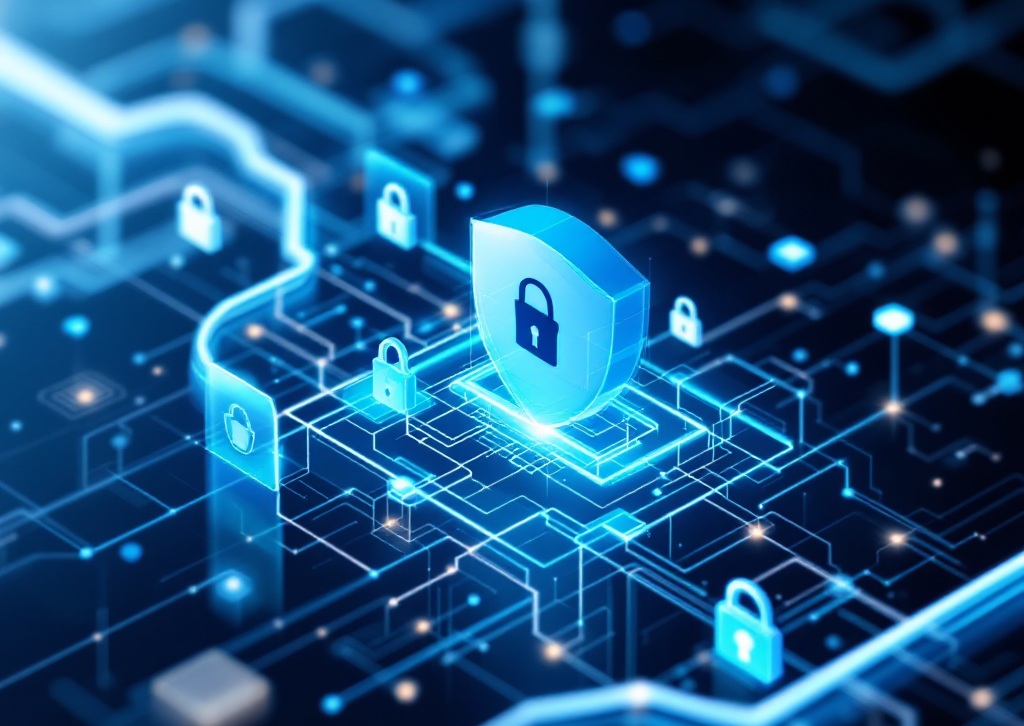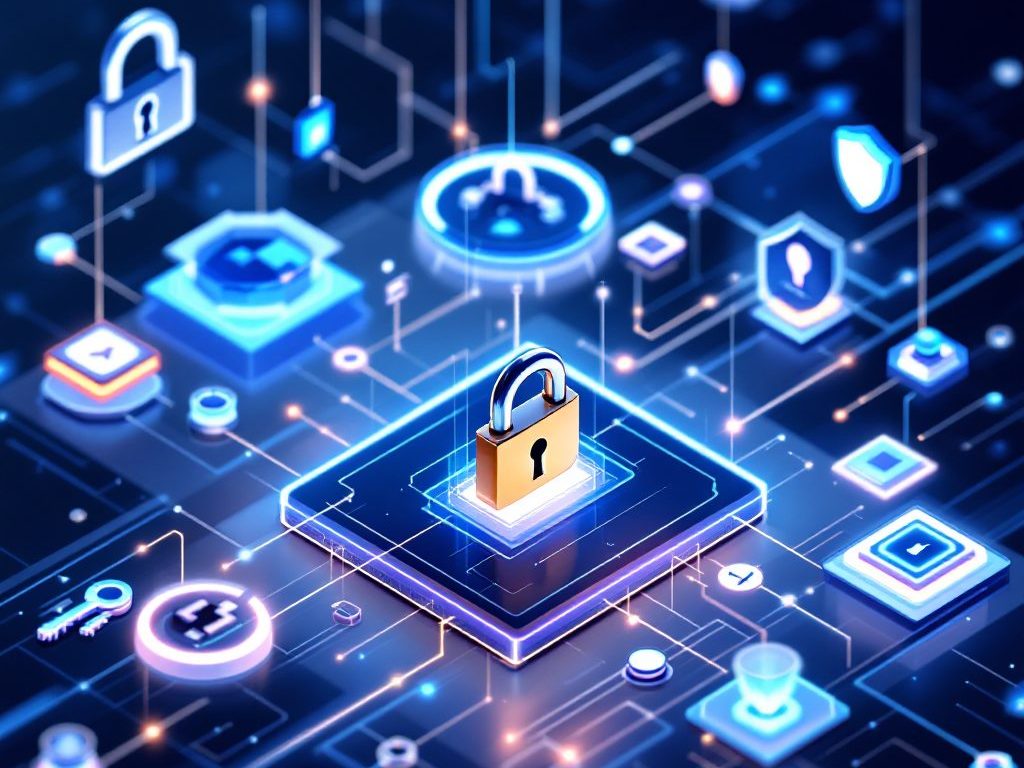打造卓越软件
让我们一起创造非凡。
Lasting Dynamics 提供无与伦比的软件质量。
路易斯-兰伯特
5 月 20, 2025 - 6 分钟阅读

在日益数字化的世界中,保护您的软件、数据和操作不再是可有可无的,而是必不可少的。
安全框架提供了一种清晰、有序的方法来识别风险和解决漏洞,帮助企业始终符合法规要求。通过采用这些框架,企业可以创建一个安全的环境,防止外部攻击并管理内部风险。本文将讨论安全框架在确保敏感信息安全方面的重要性、发展和优势。

安全框架是一个 设计了一套结构化的指导方针和最佳做法 以保护组织的数字资产和信息系统。它是实施安全措施、管理风险和确保敏感数据安全的路线图。这些框架为组织提供了识别、评估和应对潜在安全威胁的系统方法。
安全框架日益复杂,包括 41% 参与的公司 网络安全框架的教育或试点计划,而 36% 则处于低优先实施阶段。ISO 27001/27002 框架是目前采用最广泛的框架,有 48% 的公司实施 作为其网络安全战略的一部分。
将安全框架视为组织数字安全的蓝图--它概述了需要保护的内容、如何保护以及出错时的应对措施。就像建筑需要坚实的地基和结构才能屹立不倒一样,您的数字基础设施也需要一个精心设计的框架才能保持安全。
"(《世界人权宣言》) 安全框架之旅 上世纪七八十年代,计算机技术开始成为企业运营不可或缺的一部分。最初,安全措施都是基本的、被动的--企业只是在威胁出现后才去应对,并没有制定任何全面的战略。20 世纪 80 年代末和 90 年代初 标志着重大转变 随着防火墙和杀毒软件的引入。
这些工具为更有条理的网络安全方法奠定了基础。随着网络威胁日益复杂,各组织意识到他们需要更全面的解决方案。20 世纪 90 年代和 21 世纪初,标准化框架如 ISO/IEC 27001 和 COBIT.这些框架引入了系统的风险评估和管理程序,从被动反应的方法转向更加积极主动的安全战略。
当今的安全框架采用了人工智能和机器学习等先进技术,能够更有效地检测和应对威胁。它们不断发展,以应对云安全、移动设备和复杂的网络攻击等现代挑战。
在一个数据被视为最宝贵资产之一的世界里,保护数据安全无疑是首要任务之一。通过实施结构化的安全措施,企业可以创建一个保护屏障,最大限度地降低未经授权的访问、数据泄露和敏感信息丢失的风险。
在当今的数字环境中,安全框架的重要性怎么强调都不为过。网络攻击时有发生 每 39 秒 及以上 每天发生 2,200 起事件现在,企业比以往任何时候都更需要强有力的安全措施。请看这些令人信服的统计数据:

客户和顾客希望他们的数据得到保护。对保护敏感信息的坚定承诺不仅能加强公司的声誉,还有助于与客户建立长久的关系。当企业将安全放在首位时,他们就会向客户发出信号,表明他们重视客户的隐私,并致力于维护客户的信任。
让我们一起创造非凡。
Lasting Dynamics 提供无与伦比的软件质量。
安全框架可保护组织免受各种威胁和漏洞的侵害:
安全框架有助于防止以下事件的发生
因为 88% 安全事件 涉及人为错误的框架包括以下措施
安全性不足还会导致业务中断。如果漏洞影响到关键系统,就会导致业务运营停止,造成收入和生产力损失。恢复所需的时间越长,财务影响就越大。此外,由于之前发生的事件,企业可能会面临网络安全保险增加的问题,从而使预算更加紧张。
就我个人而言,我必须补充一点,我们计算机的安全是相当重要的。对于一家开发公司来说,所开发的软件必须始终具备最高级别的安全措施,避免出现病毒、黑客,甚至是缺乏经验的用户也能识别的泄密等风险问题。因此,建立稳固的安全框架对避免此类问题至关重要。公司必须密切关注这一基本方面,因为糟糕的框架安全可能是公司的转折点,但在最坏的情况下,可能没有转折点,可能是公司或产品的终结。
数字环境不断变化,新威胁层出不穷。通过采取定义明确的安全措施,企业可以在潜在风险面前领先一步。持续监控、风险评估和安全协议更新有助于确保企业在面对不断变化的挑战时保持弹性。
没有适当安全框架的组织将面临严重后果:
两者 实实在在的好处 (防止损失、提高效率)和 无形效益 (声誉保护、法律合规性)时应加以考虑。如果不优先考虑强有力的安全措施,可能会给企业带来毁灭性的财务和声誉后果。与安全不足相关的成本不仅限于直接的经济损失,还可能包括影响公司生存和发展的长期影响。

糟糕的安全框架会导致网络犯罪分子的不良后果。照片由 Cottonbro Studio 在 Pexels 上发布:https://www.pexels.com/photo/a-person-programming-a-black-laptop-8720589/
从创意到发布,我们根据您的业务需求量身打造可扩展的软件。
与我们合作,加速您的成长。
Lasting Dynamics 采用全面的安全方法,注重多层次的安全架构,包括身份验证、授权、数据保护措施和系统监控功能。公司致力于不断改进,定期评估其安全措施,适应新的挑战,同时根据需要更新协议。
Lasting Dynamics 展示了各组织如何 能有效实施 安全框架。他们的方法包括
该实施方案展示了安全框架如何适应特定的组织需求,同时保持稳健的保护标准。
数字环境不断变化,新威胁层出不穷。通过采取定义明确的安全措施,企业可以在潜在风险面前领先一步。持续监控、风险评估和安全协议更新有助于确保企业在面对不断变化的挑战时保持弹性。这种积极主动的方法使企业能够适应新的威胁,并对潜在漏洞保持强大的防御能力。
安全框架不仅仅是技术文件,更是在数字时代生存的重要工具。随着网络威胁的不断演变和日益复杂,拥有一个实施良好的安全框架对任何组织的成功和长远发展都至关重要。
安全框架的未来在于以下方面的融合 人工智能、区块链和新兴技术 如量子密码学。各组织必须继续调整其安全框架,以应对不断变化的网络威胁和监管要求。整合新技术和新方法对于在未来几年保持稳健的安全态势至关重要。
准备好确保您的软件投资安全了吗? 👉 与 Lasting Dynamics 合作 今天。
是一套结构化的指导方针和政策,可帮助组织管理和保护其数字资产。
企业每天都面临着来自黑客、恶意软件和合规风险的威胁。框架有助于系统地缓解这些威胁。
我们设计并打造脱颖而出的高品质数字产品。
每一步都可靠、高效、创新。
如果不采取积极主动的防御措施,企业将面临严重的经济损失、声誉受损,甚至因泄密而受到法律制裁的风险。
在开发、部署和维护过程中整合最佳安全实践。
将大胆的想法转化为强大的应用。
让我们一起创造出具有影响力的软件。
路易斯-兰伯特
我是一名多媒体设计师、文案和营销专家。我正在积极寻求新的挑战,以挑战自己的技能,实现职业成长。